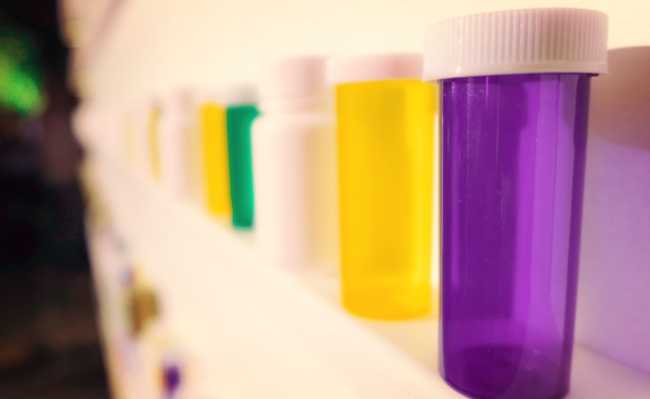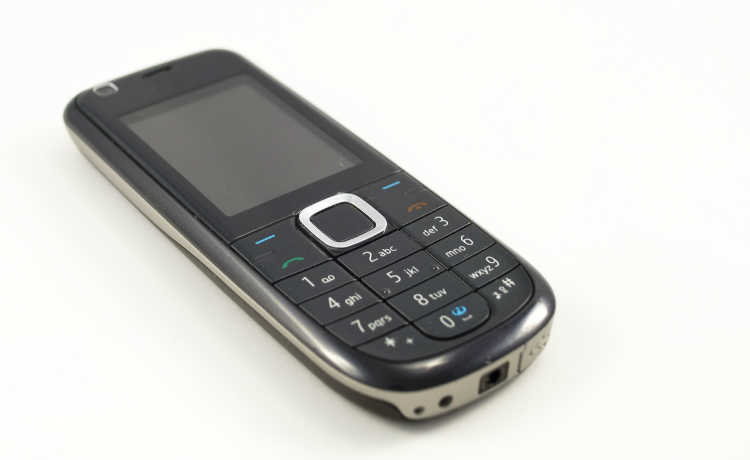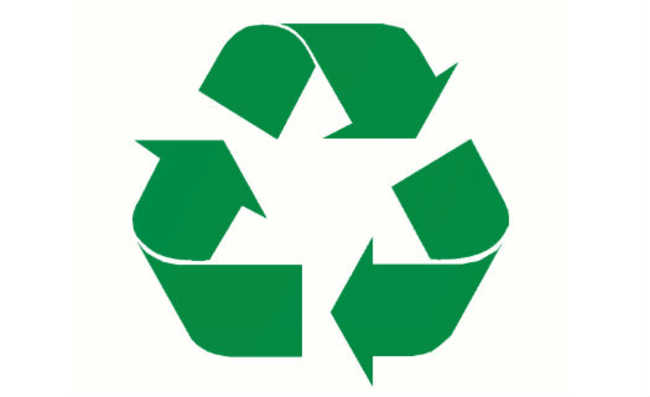How to dispose of mercury thermometer
It can cause mercury poisoning if it breaks. Know symptoms and learn how to properly dispose and clean a broken mercury thermometer

The mercury thermometer is an object that requires care. In case of breakage, the mercury contained within the object will be released and may contaminate the external environment and the user. The use of an intact mercury thermometer does not pose a threat to people, but if the glass that covers the mercury column breaks, it is necessary to be extra careful with cleaning to avoid poisoning.
The manufacture, import and sale of mercury thermometers and blood pressure gauges is prohibited from 2019 onwards, as well as their use in health services, according to ANVISA RDC resolution No. 145/2017. The measure does not affect the domestic use of the mercury thermometer, which may continue to be used by the population, but care must be taken when storing and handling the object, to avoid breaking the glass as much as possible.
- Learn more about the resolution: "Prohibition on the sale of mercury-using products goes into effect in 2019".
Mercury is a heavy metal naturally found in air, soil and water, but whose dispersion in the environment has increased due to human activities such as burning coal and the incorrect disposal of products containing the substance (especially electronic equipment). In high concentration, mercury causes poisoning in human beings and environmental contamination.
- What is mercury and what are its impacts?
- Mercury contaminated fish: a threat to the environment and health
Know the main symptoms of mercury poisoning:
- Fever
- tremors
- Allergic skin and eye reactions
- Somnolence
- delusions
- Muscle weakness
- Nausea
- headache
- Slow reflexes
- memory failure
- Kidney, liver, lung and nervous system malfunction
- Isolate the place and do not allow children to play with the mercury balls;
- Open the windows to air the room;
- Carefully collect glass remains on a paper towel or gloves and place in a rupture-resistant container to avoid injury;
- Locate the mercury "balls" and place them carefully, using cardboard or similar, avoiding skin contact with the mercury. Collect the mercury drops with a needleless syringe. Smaller drops can be collected with adhesive tape;
- Transfer the collected mercury to a hard, resistant plastic or glass container, pour water until it completely covers the mercury in order to minimize the formation of mercury vapors, and close the container;
- Identify/label the container, writing on the outside “Toxic waste containing mercury”;
- Do not use a vacuum, as this will accelerate the evaporation of mercury, as well as contaminate other residues contained in the vacuum.
As mercury appears in a liquid state at room temperature, the ideal is to collect the metal with a needleless syringe and place it in a plastic container containing water - the water reduces the possibility of mercury evaporation. Materials used during the procedure, such as gloves, masks and syringes, must also be packed in labeled containers and must not be disposed of in common waste.
According to the Akatu Institute, the Intoxication Hotline, from Anvisa (National Health Surveillance Agency), recommends discarding a mercury thermometer at the points that receive batteries, batteries and fluorescent lamps, since the companies that carry out the collection are specialized in separating and recycling metals toxic. Be sure to keep the mercury thermometer in its original or similar packaging to prevent it from breaking. Check the Disposal Points on the free search engine at eCycle portal and try to call the Points first to find out if they really accept this type of material.
On the other hand, if you want to get rid of a still functional mercury thermometer, wait a little longer. The Ministry of Health and Anvisa ask users to keep these objects in their homes temporarily, as collection points will soon be announced, where it will be possible to correctly dispose of mercury thermometers and pressure gauges with the heavy metal.










